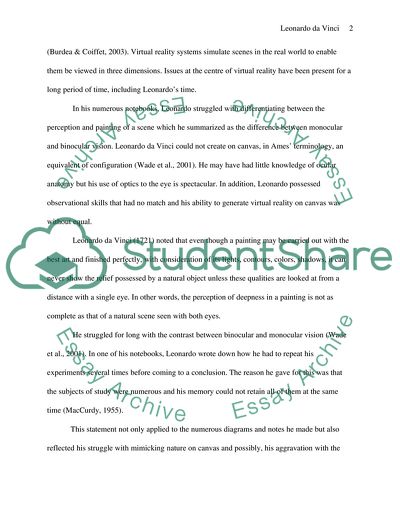Cite this document
(“Leonardo da Vinci Research Paper Example | Topics and Well Written Essays - 1000 words - 2”, n.d.)
Leonardo da Vinci Research Paper Example | Topics and Well Written Essays - 1000 words - 2. Retrieved from https://studentshare.org/visual-arts-film-studies/1562364-leonardo-da-vinci
Leonardo da Vinci Research Paper Example | Topics and Well Written Essays - 1000 words - 2. Retrieved from https://studentshare.org/visual-arts-film-studies/1562364-leonardo-da-vinci
(Leonardo Da Vinci Research Paper Example | Topics and Well Written Essays - 1000 Words - 2)
Leonardo Da Vinci Research Paper Example | Topics and Well Written Essays - 1000 Words - 2. https://studentshare.org/visual-arts-film-studies/1562364-leonardo-da-vinci.
Leonardo Da Vinci Research Paper Example | Topics and Well Written Essays - 1000 Words - 2. https://studentshare.org/visual-arts-film-studies/1562364-leonardo-da-vinci.
“Leonardo Da Vinci Research Paper Example | Topics and Well Written Essays - 1000 Words - 2”, n.d. https://studentshare.org/visual-arts-film-studies/1562364-leonardo-da-vinci.


